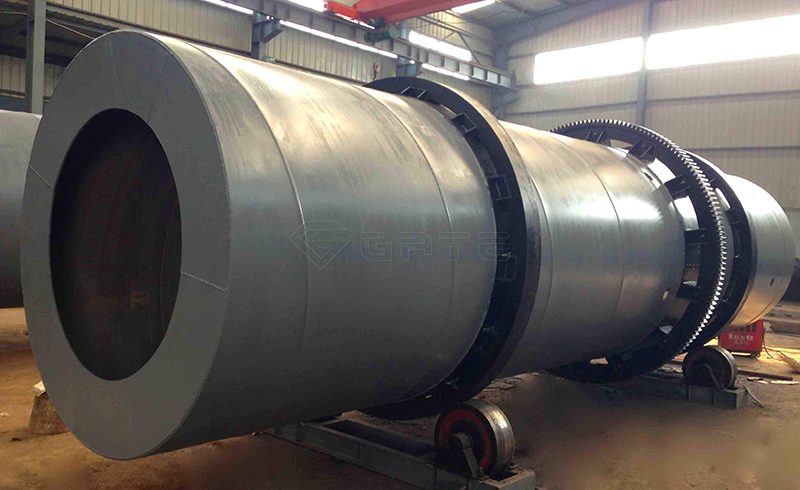The working principle and characteristics of the conversion granulator
A converting granulator is a molding machine that can manufacture materials into specific shapes. The conversion granulator is a key equipment in the compound fertilizer industry and is suitable for large-scale production of cold and hot granulation and high, medium and low concentration compound fertilizers.

The working principle of the conversion granulator:
The material enters the front end of the rotating cylinder from the feeding pipe (the inclination of the feeding pipe is greater than the natural inclination of the material). The steam inlet pipe provided at the front end of the cylinder sprays a certain pressure of water vapor. Since the inlet nozzle is located at the bottom of the material and the steam has a certain pressure, the material can obtain some moisture more uniformly and form smaller particles. The cylinder has a certain slope. These small particles continuously move in the circumferential and axial directions of the cylinder under the action of gravity and the friction of the lining. During the movement, the smaller particles gradually form a certain size of particles.

Conversion granulator features:
1. Steam is introduced into the material layer in the drum to increase the temperature of the granulated material, dissolve the salt of the granulated material, and obtain a high liquid phase at a low moisture content to satisfy the liquid phase required for granulation of the material. The amount, while reducing the amount of evaporated water in the drying process.
2. Ammonia can be passed through the layer in the drum as needed to allow the material to react.
3. The inner wall of the drum is lined with soft rubber sheets or polypropylene sheets. Ventilation holes are opened at corresponding positions on the cylinder. When the inner liner moves from the bottom to the top at the same time, the inner lining hangs due to its own weight, thus The material adhered to the inner lining falls due to gravity, and the effect of automatically cleaning the material is achieved.

4. During operation, the operator can observe the material into the ball at any time, and take corresponding measures as needed to ensure the normal operation of the conversion granulator.
5. Wide range of adaptability of raw materials: low solubility (calcium, calcium chloride, ammonium sulfate, potassium sulfate, potassium chloride, etc.) and high solubility (urea, ammonium nitrate, ammonium phosphate, etc.) can be arbitrarily matched according to requirements. It can also be used with some organic and medium trace elements.
















Leave a Messages